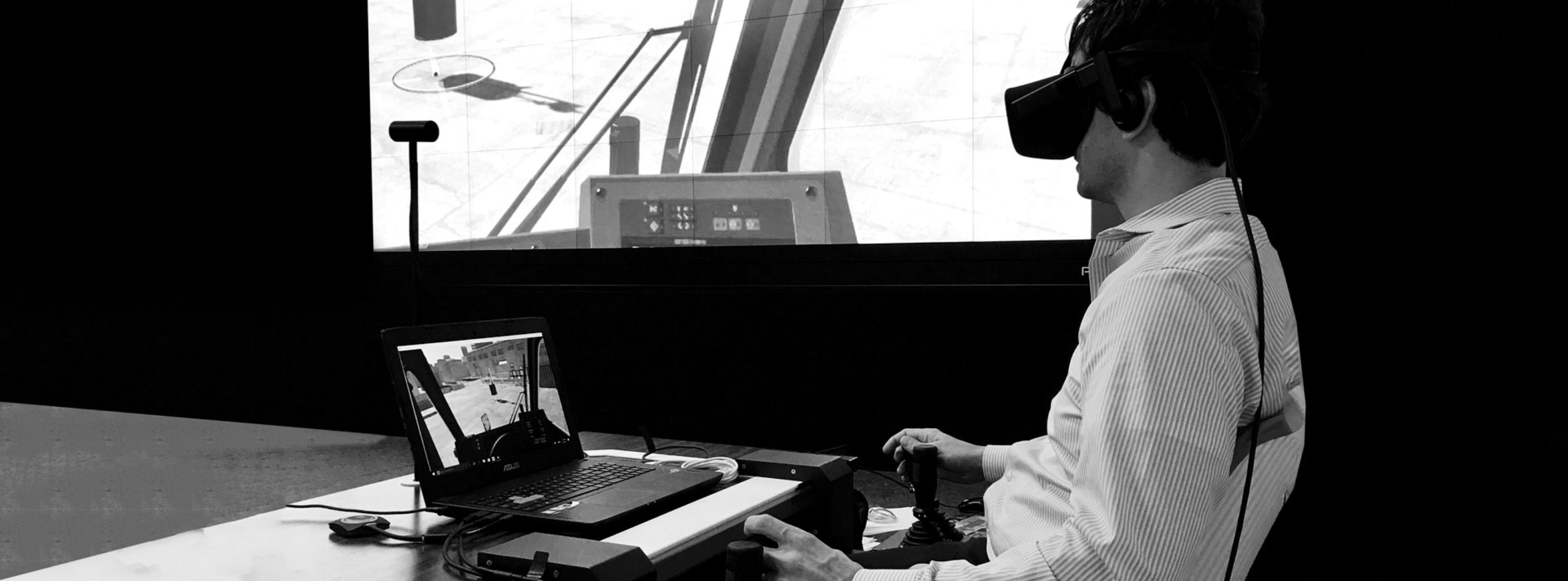Virtual Reality in Training
Virtual Reality in Training
VR is reshaping the way companies approach staff training.
Workforce training has always been an area of difficulty because it can frequently require the travelling of long distances, potential safety concerns and complex training scenarios. However, VR is now being used to revolutionise employee training.
At Visualise, we have helped industry leaders, such as Deloitte, to create immersive, educational 360° films and VR experiences. With the ability to transport users to realistic, risk-reduced work scenarios, employees can learn the skills and procedures attached to the role whilst also being actively engaged in the learning process.
Below, we look at some of the applications in training where virtual reality is being used to great effect:
- Purpose-created Scenarios and Crisis Management
- Decision Making and Skills Analysis
- Hands-on Experience
- Remote Training
- Public Speaking
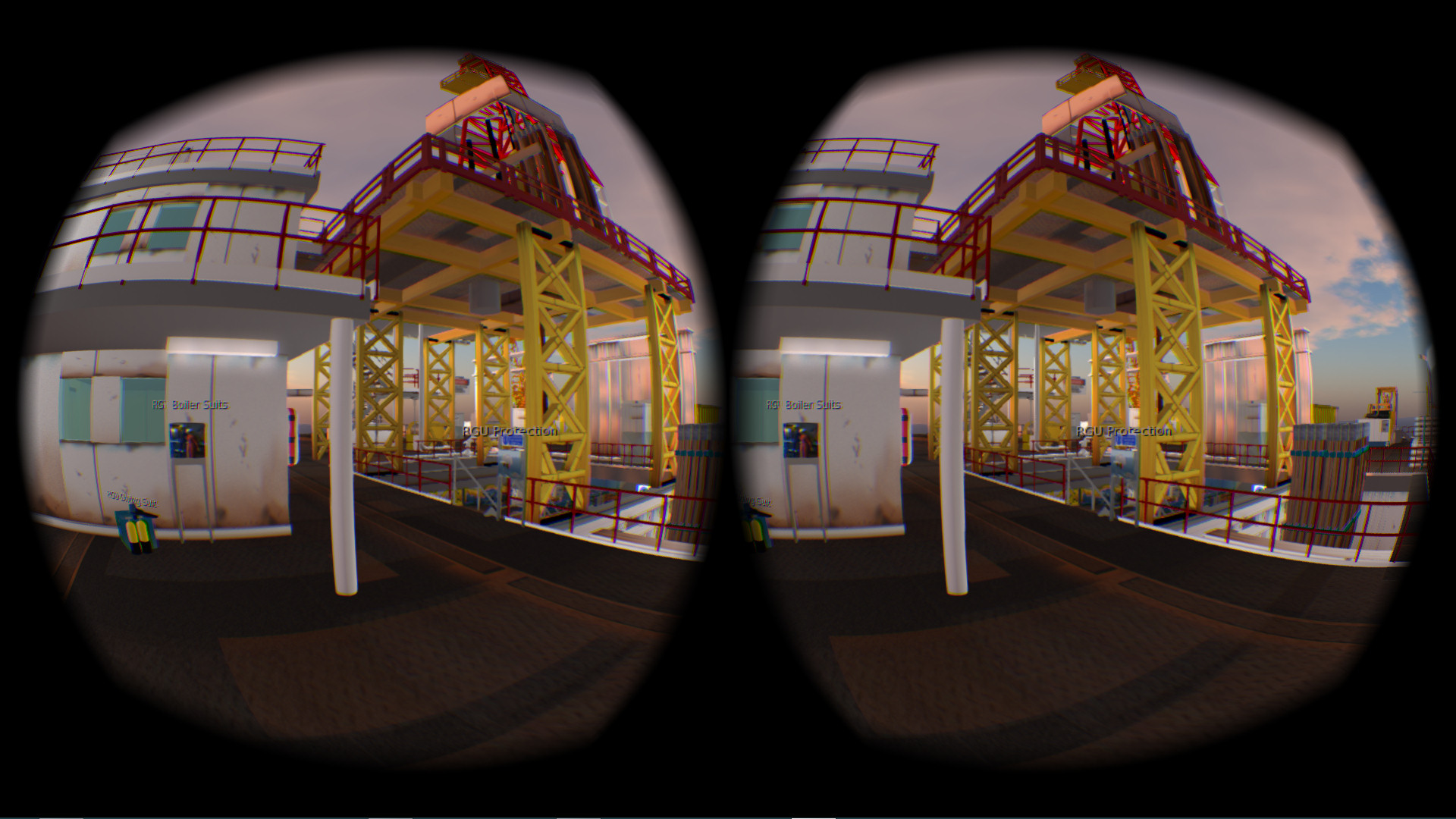
A realistic Oil Rig 3D mesh model used by Robert Gordon University (RGU) Oil & Gas Centre in Aberdeen for training purposes
Purpose-created Scenarios and Crisis Management
One of the primary implementations of VR in staff training is to create realistic scenarios specific to the role. By being able to control this virtual world, companies can formulate all types of experiences that may not have been possible otherwise. These incidents can be tailored to replicate any potential business crises so that employers can also analyse users’ stress levels and problem solving skills.
An incredibly useful aspect of this is to teach employees crisis management. If a role involves an element of danger or high levels of risk, VR allows the employee to learn how to handle the situation without any potentially harmful ramifications.
The Navy employed this technology in their training to help create submarine simulators and virtual warships. These simulations allowed new recruits to experience what a real life emergency would entail and how they ought to react whilst staying in a controlled and safe environment.
Another advantage of VR in training is that the employer can receive measurable data on each employee’s performance with the ability to set benchmarks and analyse the progress an individual has made over time. As a result, employees can receive immediate feedback on their performance and be set targets to work towards, allowing them to implement what they have learnt at a much faster rate.

The Navy's VR experience
Decision Making and Skills Analysis
VR is also beginning to be applied in specially-formulated scenarios to analyse employees’ decision making and help build their skill set.
With the ability to create any encounter that is applicable to the job, this dynamic approach immerses the employee in difficult situations that they have to navigate. At Visualise, we achieved this when we worked with Deloitte to create a series of engaging films. By setting them from the point of view of an employee, there were moments within the experience when the user had to make a decision such as how would they react if a colleague was sharing private client information – would they report them, confront the individual or ignore the issue. With each choice the user makes, we created a range of outcomes that would play out depending on the narrative route chosen.
In response to these successful VR training experiences, Deloitte found their exercises achieved a higher level of engagement as well as a greater retention of information.
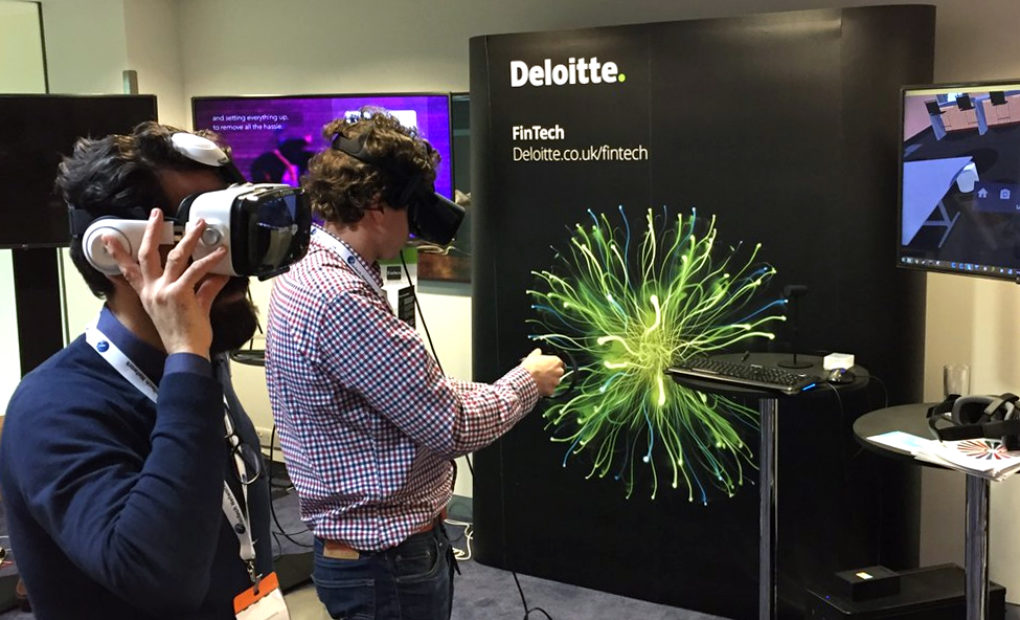
Visualise created a VR Training experience for Deloitte
Hands-on Experience
There are some roles that require hands-on experience so to understand the processes and day-to-day workings. However, these training workshops are usually restricted by several unavoidable obstacles such as cost, safety and other logistical issues.
VR allows the trainee to experience these difficult tasks because the variables are completely controlled. A good example of this is the construction industry, which is beginning to integrate VR into their training programmes to allow employees to gain experience in tasks that would have been difficult to learn otherwise, such as operating heavy machinery.
Advanced headsets with controllers enable the user to involve themselves completely in the scenario, rather than just being a passive observer. What’s more, the learning experience becomes a more enjoyable, engaging and, ultimately, memorable process.
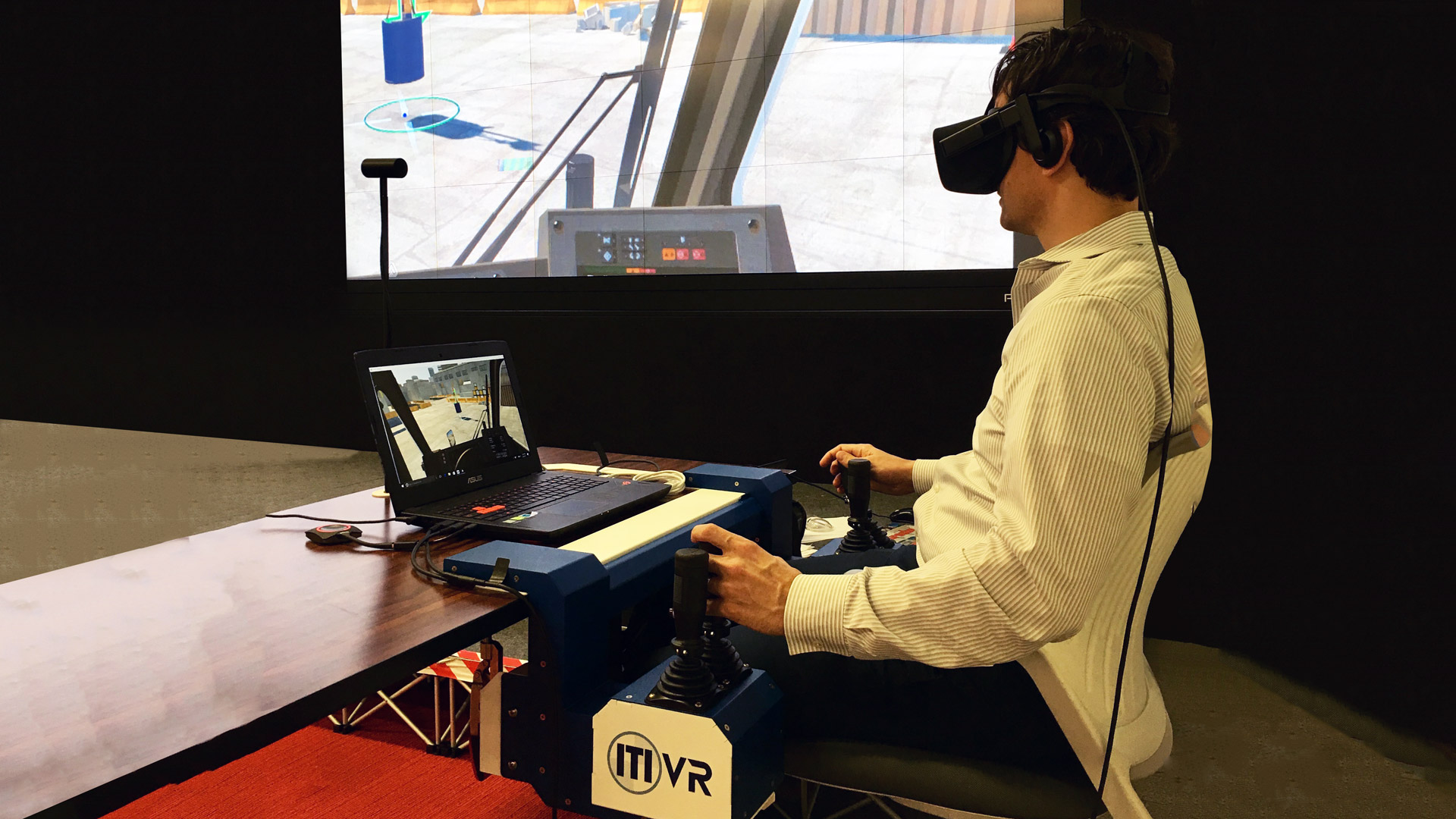
Bechtel's VR Crane Simulator trains employees in a safe & controlled environment
Remote Training
A notable advantage of using VR to train a large workforce is that it can be done remotely. Rather than flying whole teams to a single location at huge expense, VR allows staff around the world to undergo the same immersive training experience. What’s more, each employee’s training experience will be identical as opposed to different teams receiving different training programs from various individuals.
It is for this exact reason that leading carmaker, Ford, are using VR to educate their employees all over the world on the functionality and design of new models. The immersive, 360° element of the films enables employees to walk around a virtual version of a new car as well as sit in the interior to learn about any new features and design aspects in a clear and visual manner.

Public Speaking
Public speaking and presenting are a key element of many business roles so it is important that employees feel confident representing their company in this area. The majority of public speaking courses available equip employees with a knowledge of presenting and key points to address, without allowing the individual to practise the skills they have learned and receive feedback.
However, VR can provide users with speaking opportunities through realistic, 360° films. It allows flexibility in terms of venue so that candidates can get used to presenting in a board room or to a large crowd. Even the audience behaviour can be adjusted and programmed to suit the employee’s training needs, allowing companies to evaluate the individual’s response to difficult questions or heckling. Due to the convenience of VR, this experience can be enacted repeatedly so the candidate feels comfortable and confident through consistent practise.
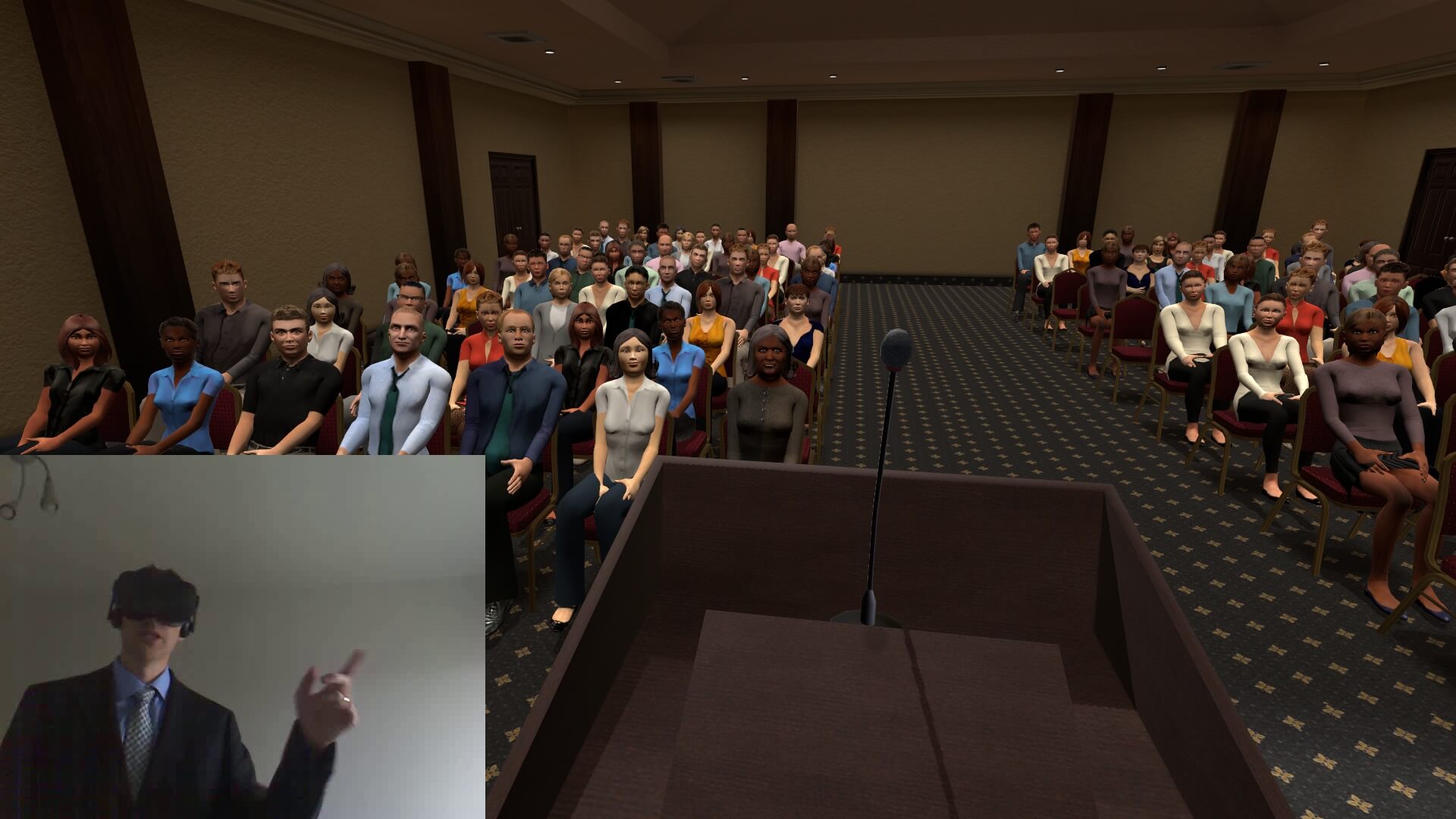
VR can allow employees to hone their public speaking skills
The Future of VR in Training
As the number of companies beginning to acknowledge the benefits of VR in training continues to grow, so does the potential to transform how we learn. While it is not yet a widespread approach to employee training, VR is set to infiltrate more and more industries. By providing employees with immersive, simulated scenarios that better prepares them for the role, the possibilities for VR in training are endless.
Why Visualise?
Our studio has worked on VR training experiences for various industry leaders, such as Deloitte, and we understand better than anyone how to transform a VR training concept into an engaging and immersive final product. At Visualise, we use our technical and creative expertise to create 360° films with ambisonic sound capture that will educate, train and support your workforce.
If you have any questions about how you could use VR in your company, please get in touch below.

